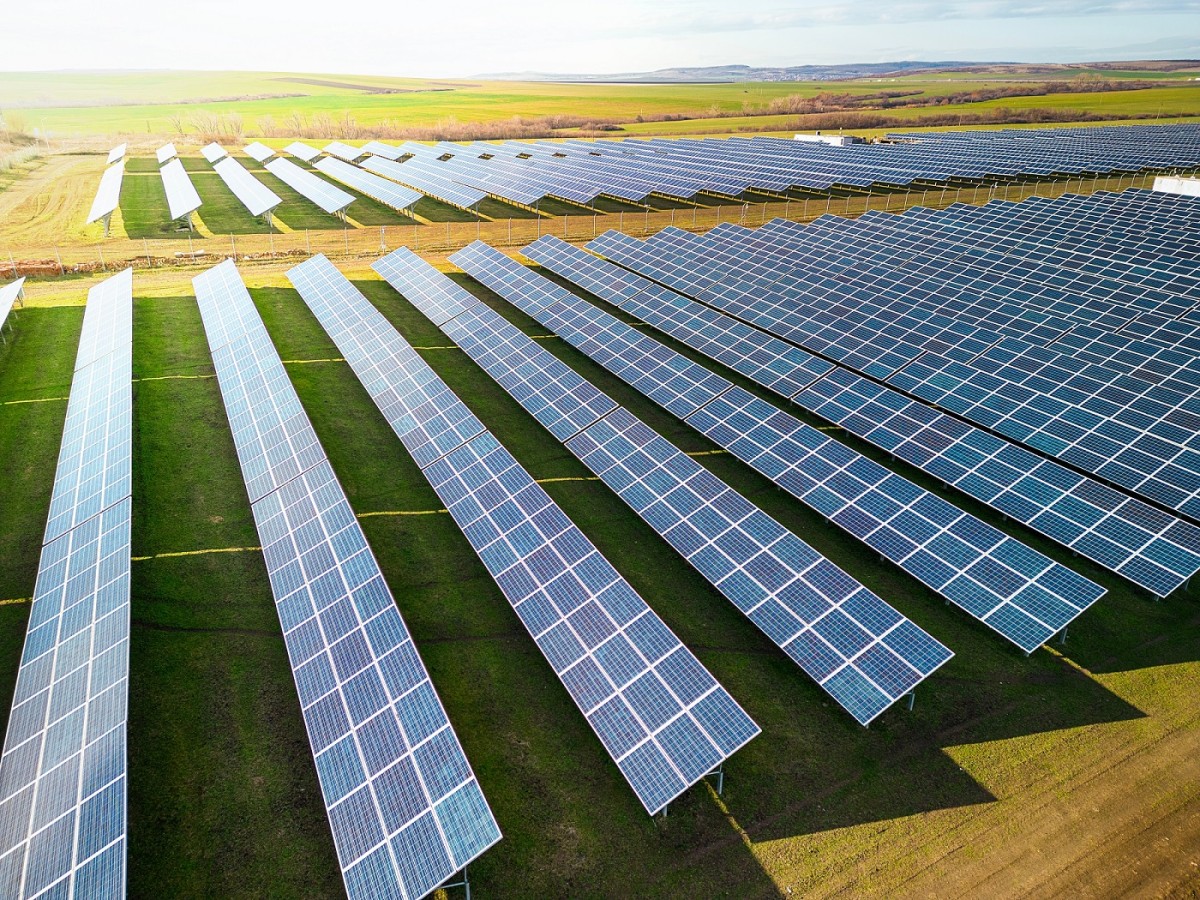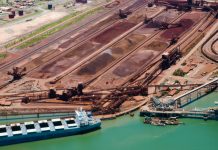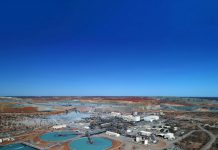Federal Government gives approval for Australia’s largest renewable energy project

In a step towards making Australia a renewable energy superpower, the Federal Government has approved a new industrial solar power project in the Northern Territory.
SunCable’s Australia-Asia Power Link will be the biggest solar farm in the country and it’s expected to generate up to 6GW of renewable energy, including 4GW to be used in Darwin.
The project will enable a green manufacturing sector, produce renewable solar power for Darwin and provide a long-term source of ongoing employment in remote areas.
SunCable estimates the project will deliver more than $20b in economic value to the Northern Territory and support around 6800 direct and indirect jobs across the construction phase.
Federal Environment and Water Minister Tanya Plibersek commented on the solar farm.
“This massive project is a generation-defining piece of infrastructure. It will be the largest solar precinct in the world – and heralds Australia as the world leader in green energy,” she said.
“Not only will this project help turn Australia into a renewable energy superpower, it will be a huge boost for the Northern Territory economy.”
The 12,000ha solar farm is located on a pastoral station between Elliot and Tennant Creek. It also includes an 800km transmission line to Darwin, plus an underwater cable to the end of Australian waters.
The approval comes with strict conditions to protect nature, including requirements to completely avoid important species like the Greater Bilby and critical habitat.
This green light follows Minister Plibersek making a declaration of protection over part of Regis Resources’ (ASX: RRL) McPhillamys gold mine in NSW.
On August 16, Minister Plibersek ruled in favour of an application under section 10 of the Aboriginal and Torres Strait Islander Heritage Protection Act which is ‘used when a significant Aboriginal area is under threat of injury or desecration’.
Minister Plibersek says she is making the partial declaration to protect a significant Aboriginal heritage site near Blayney from being destroyed to build a tailings dam for the project.
“The headwaters are of particular significance to Wiradjuri/Wiradyuri people and are linked to ongoing cultural practices of the area,” she said.
“They have featured in many traditions practiced for generations including by Aboriginal people transitioning from youth to young adulthood.”
Regis chief executive Jim Beyer said the company is surprised and disappointed that after nearly four years there are grounds to block the development.
“This has effectively overridden the conclusions on this question that were already determined by the NSW Independent Planning Commission (IPC) and Minister Plibersek on approving the project under the Environmental Protection and Biodiversity Conservation Act 1999 (Cth) (EPBC Act),” he said.
“The referral made by Regis under the EPBC Act included an assessment of Aboriginal cultural heritage, which at that time, the Minister’s delegate did not note as a point of concern for the project.”
Regis is assessing the decision and is considering all options.






















